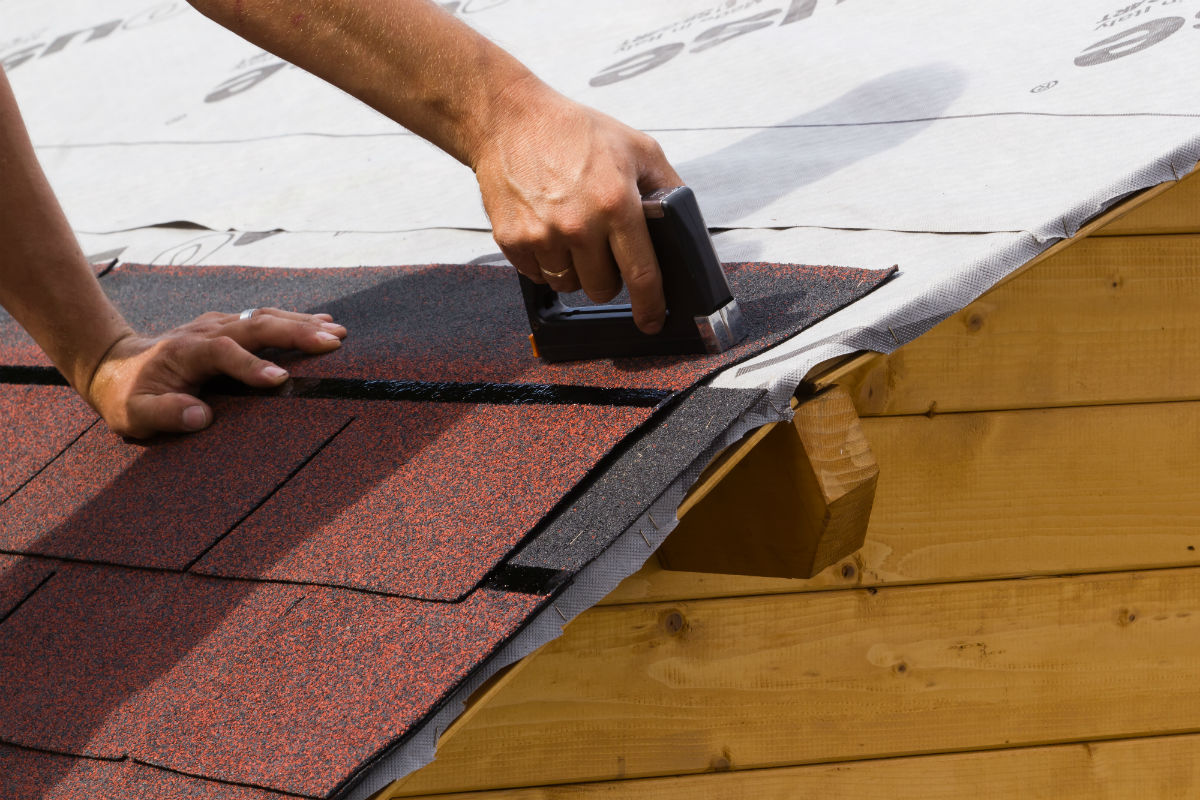Roof repair, replacement, and maintenance requires a thorough understanding of how roofing systems work, the materials that they’re made of, and how to get the most out of those materials through expert installation.
If you work long enough in the roofing industry, you learn a lot about what it takes to perform high-quality, reliable roofing services. Often, this comes after years of learning valuable lessons related to best practices, safety, and customer service.
At A-to-Z Roofing & Exteriors, we got our start in 1993. Since then, we’ve become an indispensable resource for Colorado home and business owners. We like to think it’s our long history of excellence that makes us the #1 roofing contractor in the state. In the 27 years we’ve been in business, we’ve seen the results of roofing work done by other roofing companies—work that isn’t thorough and that clearly involved the use of shortcuts that no roofer should ever take.
When you hire a roofer, be on the lookout for these three easy-to-miss shortcuts that no professional roofer should ever take.
#1: Using staples instead of nails to install asphalt shingles
When you go to the hardware store and compare prices, you find that nails are much, much more expensive than staples. This is because there is more steel required in the manufacturing of nails, and the cost involved in bringing the product to the consumer is higher, too.
In fact, if the roofing project is large enough, it’s possible to save thousands of dollars in hardware and labor costs by opting for staples over nails. Staples require less work for the roofer, which is why using staples over nails is one of the most common roofing shortcuts many contractors take.
However, there are numerous drawbacks to using staples to install asphalt shingles. They include:
- Most commercial-grade staples are not designed to be used to install roof shingles. Interestingly, some manufacturers make staples that use similar metal types that are found in roofing nails, but the fact remains: most staples and staple guns are not built to be used in high-wind roofing applications (which includes 95% of Colorado).
Furthermore, you’ll be hard-pressed to find a roofing product manufacturer that recommends the use of staples over nails in the installation of their products.
- Staples are too short and/or weak to properly secure shingles. Shingles installed with staples are going to blow off the roof much easier compared to shingles installed with roofing nails.
- Staples often bend and cock during installation. Roofers often find themselves having to pry off bent staples, a step that can cause damage to the shingle.
#2: Not using adequate or approved safety equipment and procedures
There is a lot to know about safety in roofing work. Because of the inherent dangers involved in this kind of manual labor, taking even the smallest safety shortcut is a really bad idea.

All residential and commercial roofing projects should include strict adherence to a safety checklist which includes (at the least):
- Using secured, properly functioning ladders
- Creating a safety perimeter around the outside of any flat roof beingworked on
- Using fall protection equipment when necessary
- Taking steps to prevent dehydration and heat stroke
Another important aspect of safety involves having the right training for the job. For this reason, A-to-Z Roofing & Exteriors invests heavily in the training and development of all our roofing technicians. Not only are they trained on how to install the roofing products we carry, but they’re also given expert instruction on how to plan for a safe project completion every step of the way.
#3: Ignoring the roof underlayment
A roof underlayment is a physical barrier that goes between the shingles and the roof boarding, protecting the building from ice and water that makes its way past roof shingles.
Installing roof underlayment is a time-intensive process that requires specifically engineered material manufactured for just this purpose. Any roofer that doesn’t use a roof underlayment in a roof replacement is not doing the complete job, and in fact, they’re setting your roof up for failure!
Even though adding roof underlayment is a costly process, it’s necessary for a successful roofing job. A-to-Z Roofing & Exteriors installs roof underlayments on all of the roof replacement projects we do.
Roofing Quality without Compromise
Your roof deserves the best protection modern materials, tools, and installers can provide.
When you’re ready to trust your roof to Colorado’s proven choice for residential and commercial roofing work, contact A-to-Z Roofing & Exteriors. We look forward to showing you why we’ve been Colorado’s premier roofing team since 1993!

